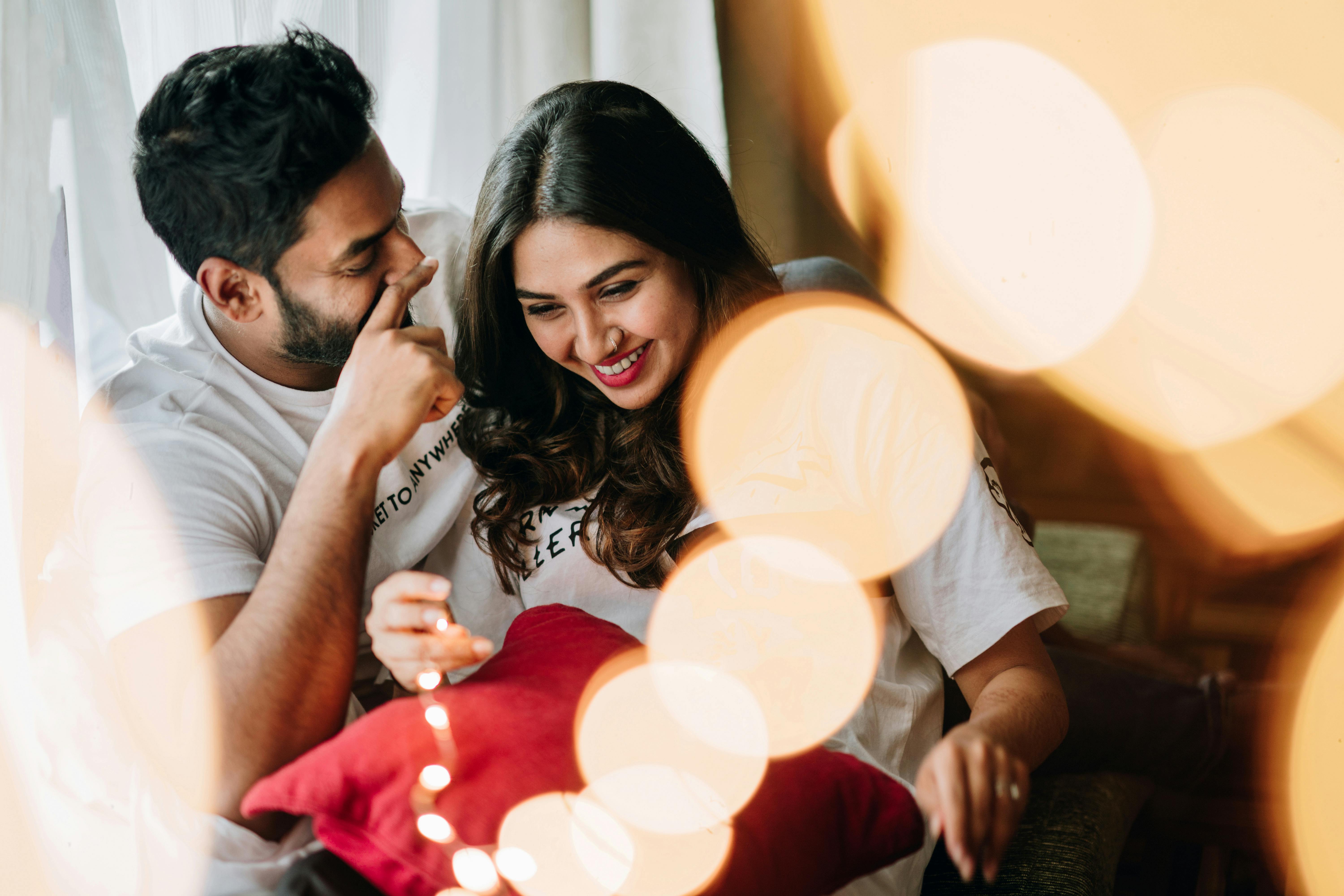Indian wedding ceremonies are abundant and diverse, with many pre-wedding rituals leading up to the big moment. These situations typically include Haldi, where the groom’s family pertains a turmeric paste to purify the couple; Mehndi, where women of all ages come together to have intricate patterns decorated on their hands and foot; and Sangeet, when relatives and buddies join in track and flow in special event of the wedding couple. These celebrations lead to the Baraat, the place that the groom arrives at the bride’s home or venue within a grand procession on his equine, car, or elephant (or, more often these days, a bus). Usually the bride’s uncle(s) or most well-known male family members carry her before giving her away during the Kanya Dhaan ceremony, using members with the bridal party following behind to develop an impressive display of love and affection for his or her beloved daughter.

After the groom is formally made welcome by his future granparents, the commemoration continues using a ring exchange and Mangalsutra (or, more commonly, a silver chain) tieing. The clergyman then chants mantras when the couple exchange bands and assure to support each other and cherish each other forever. The very last step in the ceremony is a Saptapadi, in which the couple takes seven steps collectively (each step representing a vow). The bride and groom take works stepping forwards as the priest offers blessings for food, wealth, happiness, kids, a harmonious relationship, and a friendly relationship.
When the couple is ready https://www.target.com/p/not-so-perfect-strangers-by-l-s-stratton-paperback/-/A-88270617 to enter the new house, they are dispersed with salt water toward off nasty, and next the new bride dips her feet in a combination of milk and vermillion, giving red footprints on the floor to summon the Hindu goddess of beauty, fortune, and love, Lakshmi. She also kicks a pot of grain, symbolizing fertility and posterity. Finally, the bride’s pal puts sindoor on her forehead and hair parting to symbol her being a married woman.
Consequently, as a final ceremonial respond before the marriage is carry out, the bride’s mother terme conseillé a coconut outside her front door to wish the newlyweds best of luck in their lives together. After that, the bride and groom walk down the artery, adorned with flowers and surrounded by their loved ones. The parents and other elderly close relatives bestow the blessings after the new few, hoping they will live indian women to marry a happy, prosperous, and achieved life with each other. The soon-to-be husband then jewelry the Mangalsutra around his wife’s side to signify their union as couple, and the feast day is finished while using priest reciting blessings more than them. Recover, the marriage ceremony is complete and the couple can start their new life!
